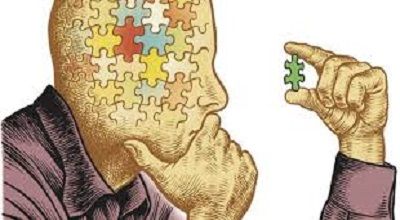Levels Of Integration For Critical Thinking
Critical thinking involves analyzing, evaluating, and synthesizing information to make informed decisions and solve problems. The levels of integration for critical thinking can be categorized into various stages, often presented hierarchically. Keep in mind that these levels are not strictly linear. Individuals may engage in multiple levels simultaneously. Here are commonly recognized levels of integration for critical thinking:
Remembering/Recalling:
- This level involves the basic recall of facts, information, or concepts.
- Memory plays a key role, and individuals must be able to retrieve relevant information.
Understanding:
- Beyond mere recall, understanding involves comprehending the meaning of information.
- It includes the ability to explain concepts in one’s own words and demonstrate a deeper grasp of the material.
Applying:
- Application involves using acquired knowledge in new situations or applying it to solve problems.
- Individuals at this level can take what they have learned and use it in practical scenarios.
Analyzing:
- Analytical thinking involves breaking down information into its constituent parts and examining the relationships between them.
- It includes the ability to identify patterns, trends, or cause-and-effect relationships.
Evaluating:
- At this level, individuals critically assess the quality, validity, and relevance of information.
- They can make judgments about the value of arguments, theories, or solutions.
Creating/Synthesizing:
- The highest level involves the ability to combine elements to form a new, integrated whole.
- Individuals can generate new ideas, solutions, or perspectives based on their understanding and analysis.
Final Words
These levels are often represented in a pyramid or hierarchical structure. With the foundational levels at the bottom and the more advanced levels at the top. It’s important to note that critical thinking is a dynamic process, and individuals may move back. Between these levels, it depends on the context and the complexity of the task.
In educational settings, these levels are often used to design learning objectives and assessments. That promotes the development of critical thinking skills. Additionally, these levels can be applied in various disciplines and real-world scenarios to enhance decision-making and problem-solving abilities.
